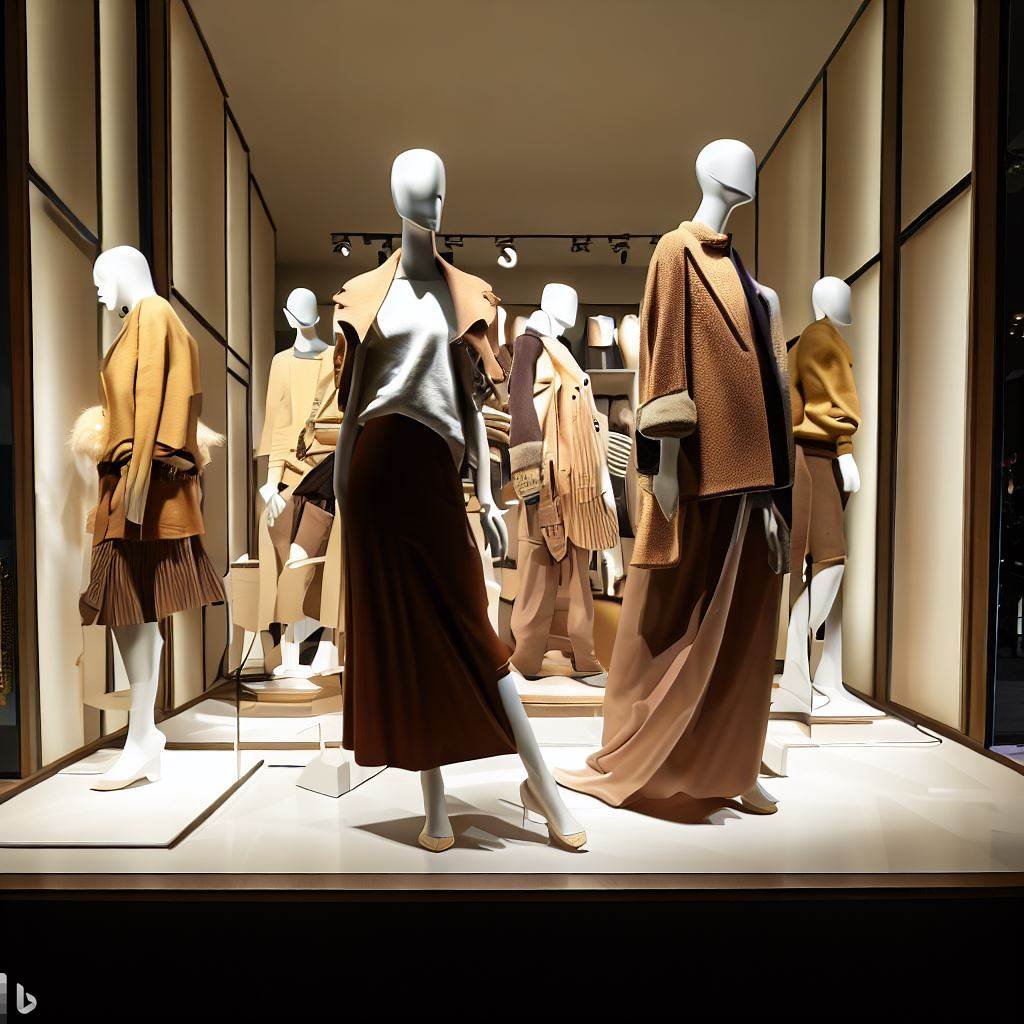
Here is a simple visual merchandising checklist to help ensure that all key elements are considered when setting up or reviewing a retail store:
-
Storefront and Window Display:
- Are the window displays clean and in good condition?
- Do the displays align with the current season, holiday, or promotion?
- Are they effectively grabbing attention and drawing customers into the store?
-
Store Layout:
- Does the store layout guide customers naturally through the space?
- Is there a logical flow to the arrangement of product sections?
- Is the store clean, clutter-free, and easy to navigate?
- Product Placement:
- Are new or high-margin products placed in high-visibility areas?
- Is there a mix of staple items and new products in sightlines?
- Are products grouped logically by use, type, or theme?
- Color and Lighting:
- Is there effective use of color to highlight products and create visual interest?
- Is lighting well-placed, drawing attention to key products and areas?
- Does the overall color and lighting scheme match the brand and create a pleasant shopping atmosphere?
- Signage and Graphics:
- Are all signs and graphics clear, consistent, and reflective of the brand’s style?
- Do they help guide customers around the store and provide necessary information?
- Are promotional signs or graphics effectively highlighting sales or special offers?
- Interactive Elements:
- Are there any interactive displays or elements that engage customers?
- Do they work properly and provide value or entertainment?
- Do digital elements, if any, function correctly and provide useful information?
- Shelving and Fixtures:
- Are shelves, racks, and fixtures clean, well-maintained, and safely installed?
- Do they enhance product display without distracting from the products themselves?
- Are all products accessible to customers?
- Product Facing and Organization:
- Are products neatly arranged and faced on shelves and racks?
- Are sizes and varieties clearly marked and easy for customers to locate?
- Is stock adequately maintained, with sold-out items quickly replaced?
- Atmospheric Elements:
- Does the store’s music match the brand and appeal to the target customer?
- If scents are used, are they pleasant and not overwhelming?
- Is the store temperature comfortable for shopping?
- Thematic Displays:
- Are there any current themes, seasonal elements, or events reflected in the displays?
- Are they visually appealing and engaging?
- Do they effectively showcase the products they feature?
This checklist should serve as a starting point and can be tailored to fit specific store needs and priorities.
Regularly reviewing your visual merchandising efforts using this checklist can help keep your retail store visually appealing, customer-friendly, and conducive to sales.
Storefront and Window Display:
The storefront and window displays form the first impression for customers, attracting them and inviting them to enter the store.
It’s essential to keep these areas clean and attractive, with displays that reflect the store’s current offerings, such as seasonal products, promotions, or new arrivals.
They should be visually captivating, using elements like color, lighting, and props to create a scene that tells a story.
Store Layout:
The store layout influences how customers navigate through the space and encounter different products.
It should be designed to guide customers in a logical flow from one section to another. Key product areas and displays should be easily accessible.
Also, ensure that the store is clean and clutter-free for a comfortable shopping experience.
Product Placement:
Placement can significantly influence which products customers notice and buy.
New or high-margin products should be placed in high-visibility areas, such as near the entrance or at eye-level on shelves.
Consider the customer’s line of sight and path through the store when planning product placement. Group related products together to encourage add-on sales.
Color and Lighting:
Color can be used to evoke emotions, draw attention to products, and reinforce the brand.
Lighting highlights products, creates ambiance, and guides customers through the store.
Consider the psychological effects of different colors and the impact of lighting conditions when designing your visual merchandising.
Signage and Graphics:
Clear, consistent signage helps customers navigate the store and find the products they need. Signs should reflect the store’s branding in terms of color, font, and style.
Highlight special offers or new products with promotional signs.
Interactive Elements:
Interactive elements can engage customers and enhance their shopping experience.
This could be digital touchscreens that provide product information, testers and samples, or even a kids’ area to entertain children while parents shop.
Ensure these elements function correctly and add value to the customer’s shopping experience.
Shelving and Fixtures:
Shelving and fixtures should be used to display products in an accessible, appealing manner. They should be sturdy, clean, and well-maintained.
Ensure they suit the store’s aesthetic and make it easy for customers to view and reach products.
Product Facing and Organization:
This refers to how products are arranged on shelves and racks. They should be neatly organized, with labels facing forward.
Sizes and varieties should be clearly marked and easy to find. Keep shelves well-stocked, and quickly replace sold-out items to ensure a pleasant shopping experience.
Atmospheric Elements:
These elements, such as music, scent, and temperature, subtly influence a customer’s shopping experience.
They should be chosen to create a comfortable, pleasant environment that reflects the store’s brand and appeals to its target customers.
Thematic Displays:
Thematic displays showcase products related to a particular theme, season, or event.
For example, a clothing store might have a beach-themed display in the summer, featuring swimsuits, beach towels, and sunglasses.
Thematic displays should be visually engaging and effectively highlight the featured products.
Remember, the goal of visual merchandising is to create an inviting, engaging store environment that showcases products in a way that encourages customers to make purchases.
Each component of visual merchandising should be designed with this goal in mind.











